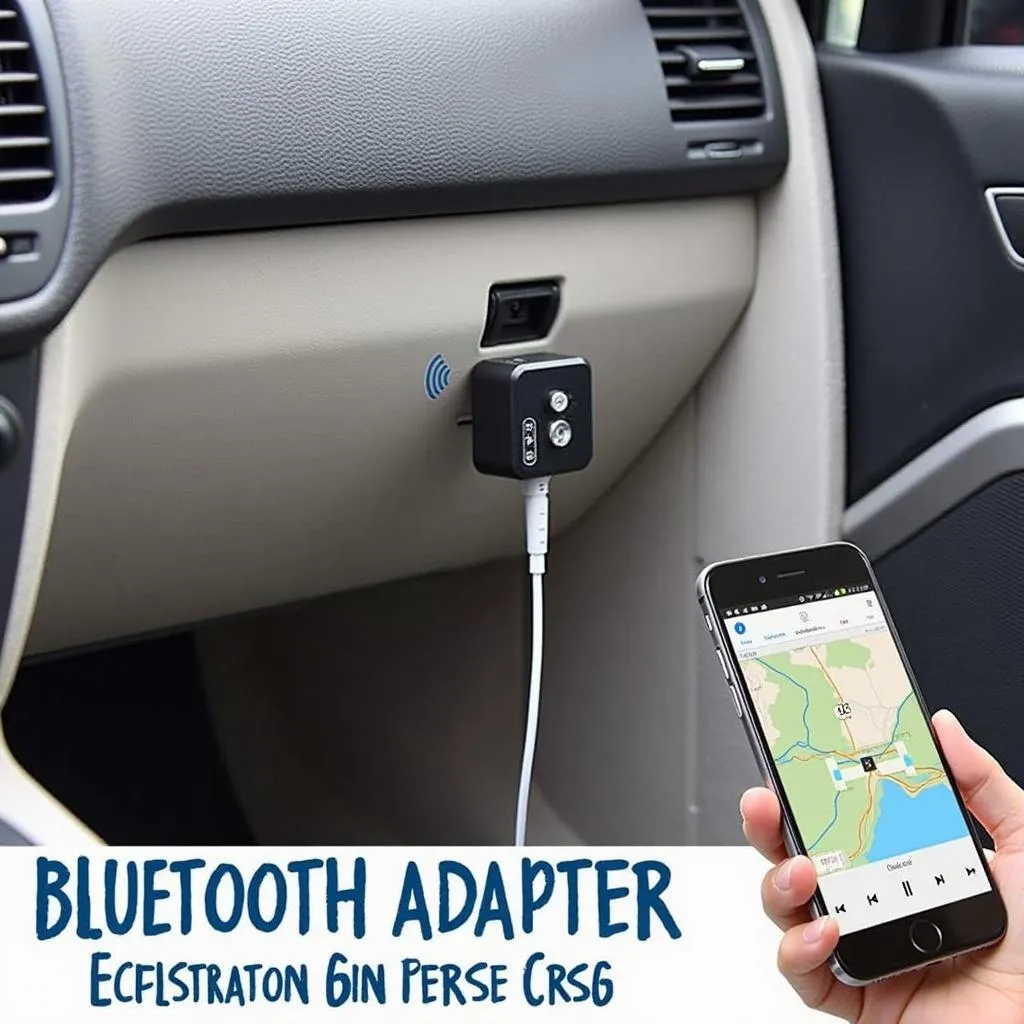The brake warning light on your dashboard is a crucial safety feature, and when it illuminates on your 2006 Ford F150, it’s essential to address the issue promptly. Ignoring this warning could lead to reduced braking performance and potentially dangerous situations. This article explores common reasons why your 2006 F150 brake warning light might be on and provides insights into troubleshooting and resolving the problem.
Common Causes of a 2006 F150 Brake Warning Light
There are several reasons why your 2006 F150’s brake warning light might be activated. Some of the most common culprits include:
1. Low Brake Fluid Level: One of the most frequent causes is low brake fluid. Brake fluid is the lifeblood of your braking system, transmitting force from the brake pedal to the wheels. Over time, brake pads wear down, and the fluid level naturally drops. If it falls below a certain point, the warning light will illuminate.
2. Worn Brake Pads: Brake pads have wear indicators that make a high-pitched squealing sound when they’re nearing the end of their lifespan. If you’ve been hearing this noise and ignoring it, your brake warning light might be the next warning sign.
3. Faulty Brake Light Switch: The brake light switch, located near the brake pedal, is responsible for activating your brake lights when you press the pedal. If this switch malfunctions, it can also trigger the brake warning light.
4. ABS Issue: Your F150 is equipped with an Anti-lock Braking System (ABS), a safety feature that prevents wheel lockup during hard braking. If the ABS module or a wheel speed sensor encounters a problem, it can illuminate the brake warning light.
5. Parking Brake Engaged: It might seem obvious, but sometimes the simplest explanation is the correct one. If your parking brake is even slightly engaged, the brake warning light can remain on.
Troubleshooting the Brake Warning Light
Before rushing to a mechanic, there are a few simple checks you can perform:
1. Check Your Parking Brake: Ensure your parking brake is fully disengaged. Even a slight engagement can trigger the warning light.
2. Inspect Brake Fluid Level: Locate the brake fluid reservoir under the hood. Check the fluid level—if it’s below the “MIN” mark, add the appropriate DOT 3 or DOT 4 brake fluid, as recommended in your owner’s manual.
3. Listen for Unusual Noises: Pay attention to any unusual sounds coming from your brakes, especially when applying the brakes. A high-pitched squealing could indicate worn brake pads.
4. Check Your Brake Lights: Have someone press the brake pedal while you check if all brake lights are functioning correctly. If the brake lights aren’t working, the brake light switch might be faulty.
When to Seek Professional Help
If the brake warning light remains illuminated after performing these checks or if you suspect a more complex issue like a faulty ABS module or brake light switch, it’s crucial to seek professional assistance.
Remote Diagnostics and Programming: Advancements in automotive technology have led to remote diagnostics and programming. Some issues, especially those related to the ABS module, might be resolvable remotely by a qualified technician using specialized software. This eliminates the need for towing and can potentially save you time and money.
brake warning light stays on 2006 f150
Expert Insight
“Ignoring a brake warning light can have serious consequences,” says John Miller, a certified automotive technician with over 20 years of experience. “It’s crucial to address the issue promptly to ensure your safety and the safety of others on the road.”
2006 ford f150 xlt supercab brake warning light on
Conclusion
A glowing brake warning light on your 2006 Ford F150 is a clear signal that requires immediate attention. While some causes, like low brake fluid, are relatively simple to address, others might necessitate professional diagnosis and repair. Remember, a properly functioning braking system is paramount for your safety and the safety of others on the road.

